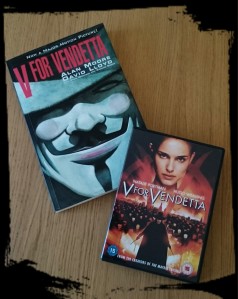

Lisa has asked me for some recommendations regarding useful sites for EFL teachers and I’m happy to make a little compilation of the places I visit most often to find ideas, inspirations, betimes lesson plans if I feel exceptionally lazy (The Liberation of the Garden Gnomes by Peter Vahle is just shiny!) and share them with you.
So, here we go – my ten favourite websites:
- onestopenglish.com: lesson plans, ideas, inspirations and useful tools – you can spend a whole day browsing this site even without registering;
- teachingenglish.org.uk: British Council and loads of CPD resources – you can spend days browsing the site (they also have awesome research papers and publications here);
- Teaching English/ British Council on YouTube is a variety of channels and playlists you can use either in the classroom or for your own CPD;
- Teaching English/ British Council on Facebook is something I’ve been subscribing for a while and must admit is the continuous source of inspiration (I don’t even have to look for anything all the good stuff is on my wall, yay!);
- Breaking News English: it’s not the best designed site ever, and the lesson plans have the same structure, but I find it a never ending source of real English, interesting news and ideas for discussions;
- Teach-nology: a great site with various games, printable materials and my absolutely favourite – word search maker (a perfect tool for vocabulary revision + warm-up);
- Puzzle-Maker: you can make your own word search, crossword etc. – perfect for a personalised vocabulary revision, test or as a great warm-up;
- ESL Partyland: a really nicely organised site with all the help a teacher might need for different classes plus my favourite – trivia, useful expressions etc.;
- Webquests: a repository of various webquests on different topics and levels which you can use either in the classroom or as a homework (or as a way of introducing your students to BlendedLearning model) – I personally love the Orient Express;
- Online Newspapers: a site full of newspapers (some of them in English) which may be a perfect tool for many projects in the classroom as well as self-study materials;
Hope you’ll like my choice and give these sites a go. I must admit, my life as a teacher is WAY easier thanks to those wonderful people contributing there, but I also appreciate their influence when I see my own teaching style spiced up with different inspirations and ideas – I feel motivated to change, experiment, develop, to make my classes as interesting as I can.
Enjoy the recommendations I’ve shared and if you know some interesting sites, please, share them with me as well.
Enjoy!


